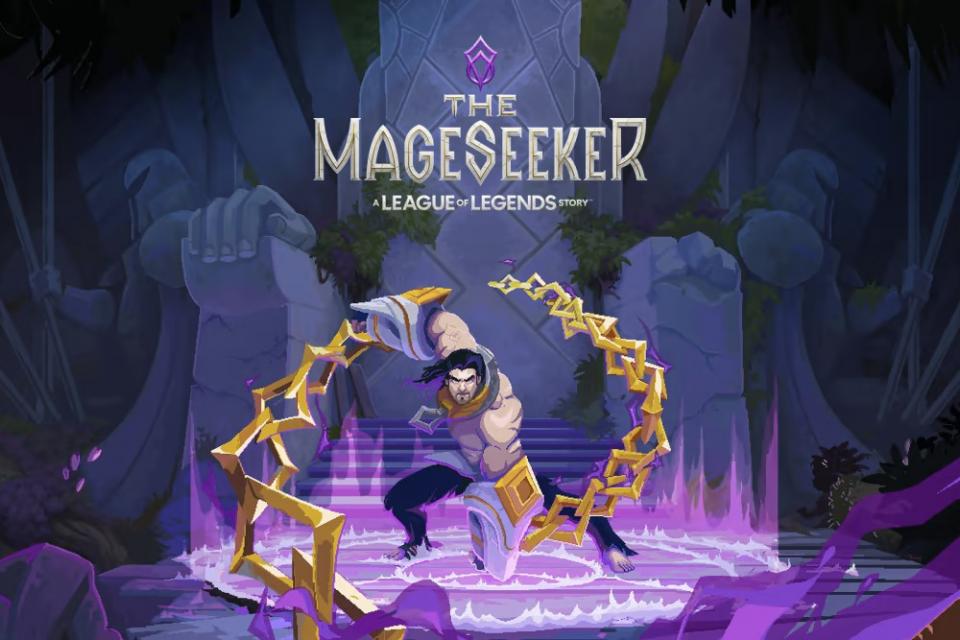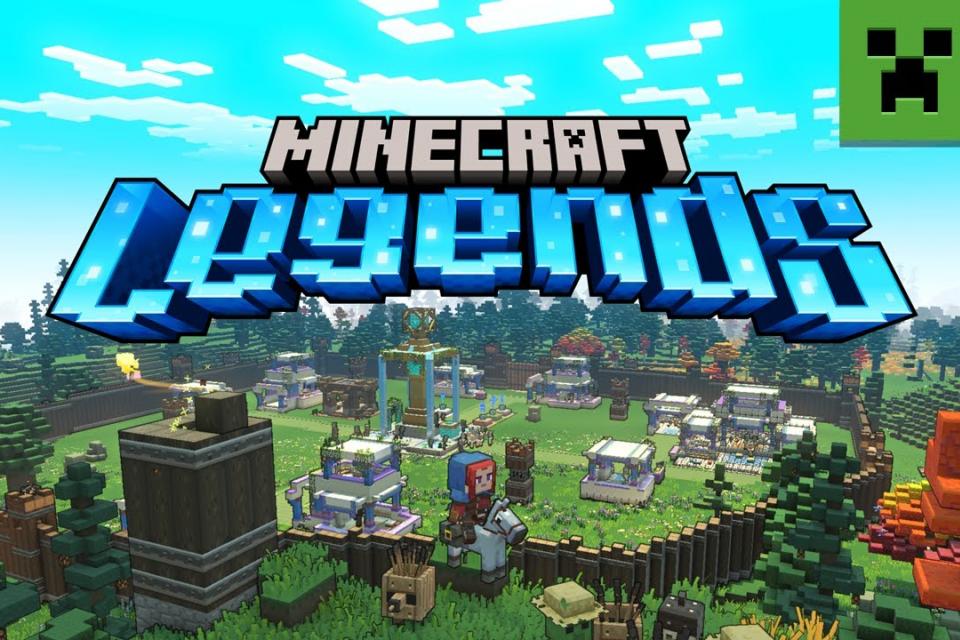
Microsoft has used GDC to announce the launch of its XNA platform, advertised by the colossus as "a powerful next-generation software development platform." For any one who knows Microsoft however, it is clear that things are not as straightforward. XNA will cover games for future iterations of all Microsoft game platforms, including Windows, Xbox and XBox 2 and Windows Mobile, based devices.
As is the case with most all-in-one systems it promises to free developers from spending too much time writing mundane, repetitive boilerplate code. Instead, XNA promises to allow game creators to spend their time where it matters most, on the creativity that differentiates their games. It can, of course, be argued that the creation of the same old repetitive code may be part of what makes games unique and that the way each developer tackles aspects of the game creation process also add to that uniqueness. It may also be argued that making all games technically identical may reduce the gaming experience to a generic process but Microsoft has a long time ahead of it to prove all these arguments wrong.
The Trojan Horse of this package however, may be the introduction of the Xbox Live development tools to Windows developers, for functionality such as billing, security, login, friends and matchmaking. Microsoft claims that the tools will make it easier to create the same social, unified online gaming experiences on Windows that game players have come to expect on Xbox, for some, see EA, a scary thought.
On the input front, as part of XNA, Microsoft will develop a common controller reference design and unify input APIs and button standards across multiple platforms. The result will be a family of common controllers for Windows and Xbox game players. In addition, the move will fuel a whole new wave of compelling, cross-platform input devices from peripheral manufacturers.
In graphics and audio, many tools such as PIX (an analysis tool) and XACT (an audio authoring tool), previously available only to Xbox developers, now will be available on Windows as part of the XNA development platform. Likewise, innovations from Windows such as High-Level Shader Language (HLSL) will come to Xbox. The DirectX API and the Visual Studio development system will continue to be the baseline environment for both platforms. Collectively, these tools and technologies will enable movie-quality graphics while forming the impetus for new software that will help developers cope with the looming complexity of high-definition video and audio.
It is certain that with Microsoft backing XNA and with the immense resources at its disposal, this new platform will become very attractive to many developers, we will all have to wait and see if it will be adopted by enough developers to create a problem for PS3.








